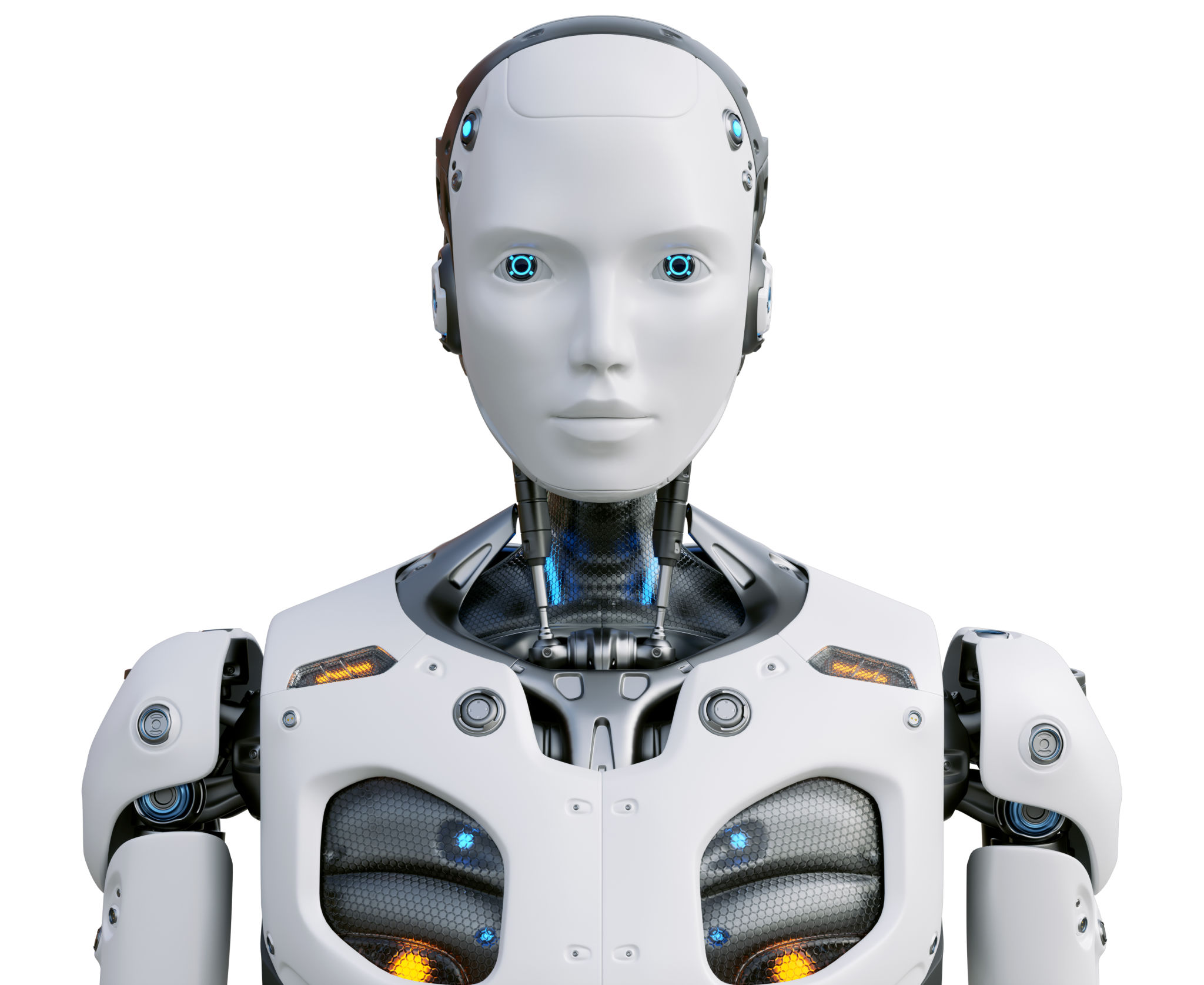Enhancing Industrial Workplace Safety with AI-Driven Robotics
Introduction to AI-Driven Robotics in Industry
In recent years, the integration of AI-driven robotics has revolutionized industrial workplace safety. These advanced technologies are not only enhancing productivity but also significantly reducing the risk of accidents and injuries. As industries continue to evolve, the importance of maintaining a safe work environment remains paramount. AI-driven robotics offer a promising solution to meet these safety demands.

Understanding the Role of AI in Safety
Artificial intelligence plays a crucial role in improving workplace safety by providing real-time data analysis and predictive insights. These capabilities allow for proactive measures to be taken before potential hazards occur. AI systems can monitor equipment conditions, track employee movements, and even predict when machinery is likely to fail, thereby preventing accidents before they happen.
Data-Driven Decisions
With AI-driven robotics, industries can harness the power of data to make informed safety decisions. By analyzing vast amounts of data collected from sensors and cameras, AI systems can identify patterns and anomalies that may indicate a safety risk. This data-driven approach enables companies to implement targeted safety measures and improve overall workplace safety standards.

Applications of Robotics in Enhancing Safety
Robotics equipped with AI are being deployed across various industrial sectors to perform tasks that are hazardous for humans. These robots can handle toxic substances, operate in extreme environments, and perform repetitive tasks with precision, minimizing human exposure to dangerous conditions.
Robots in Hazardous Environments
In industries such as mining, chemical manufacturing, and construction, robots are used to perform tasks that pose significant risks to human workers. By automating these processes, companies can ensure that their workforce remains safe while maintaining operational efficiency.

Benefits of AI-Driven Robotics in Safety Management
The implementation of AI-driven robotics in safety management offers numerous benefits beyond accident prevention. These technologies help in creating a more structured and efficient workflow, reducing downtime caused by human errors or equipment failures. Furthermore, they foster a culture of safety by consistently reinforcing safety protocols and reducing human error.
Efficiency and Precision
AI-driven robots can perform tasks with unparalleled precision and consistency, which enhances not only safety but also productivity. Their ability to operate around the clock without fatigue ensures that safety standards are maintained at all times, contributing to a safer workplace environment.

Challenges and Considerations
While AI-driven robotics present significant advantages, their integration into industrial settings comes with its own set of challenges. Companies must consider the costs associated with implementing these technologies, as well as the need for employee training to work alongside robotic systems safely.
Ensuring Smooth Transition
A successful transition requires careful planning and management to ensure that workers are adequately trained and comfortable with new technologies. Moreover, companies must establish clear protocols for machine maintenance and emergency situations to maintain a safe working environment.
The Future of Industrial Safety
As technology continues to advance, the future of industrial workplace safety looks promising with AI-driven robotics at the forefront. These innovations are likely to become more sophisticated, offering even greater protection for workers across various sectors. By embracing these technologies, industries can create safer workplaces that prioritize employee well-being while achieving operational excellence.